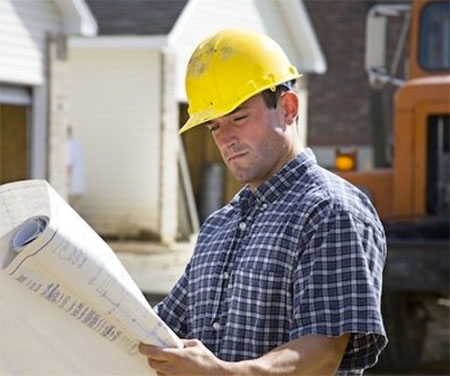 Contractors
Resources/Blog
FAQ's
Press
About Us
Contact
Contractors
Resources/Blog
FAQ's
Press
About Us
Contact




Sign up today to join the exclusive program to receive preferred, discounted pricing across the board.

Copper's unique reddish-orange hue has been a popular metal for roofing, flashing material and gutters for centuries. The material is time-tested and featured on some of the world’s most beautiful architectural masterpieces. Other than the classically beautiful look, a copper gutter system offers many benefits over traditional aluminum or vinyl gutters.
This guide will help you decide if a copper gutter system is the right choice for your home or business. We'll cover the types of copper gutters available, alternatives to copper gutters, and offer installation advice.
Benefits of Using Copper Gutters
Copper gutters provide several advantages over other materials, making them an excellent choice for anyone looking for a long-term investment. Not only are they corrosion-resistant and easy to install, but they also offer a unique style that can add curb appeal to any home.
Here are five benefits of using copper gutters:
Copper gutters are an excellent choice whether you're starting a home improvement project or simply looking to add value to your home.
Copper gutters have a few potential drawbacks that should be considered before installation. They are more expensive than other materials, but ultimately the upfront costs are balanced out by their longevity. Additionally, copper gutters can be more challenging to install than other types of gutters.
Here are a few situations where copper gutters might not be the best option:
However, despite these potential drawbacks, copper gutters offer many advantages that may make them the best option for your home. Copper gutters are more durable than other materials and offer a unique and elegant look. If you are willing to invest in the upfront costs, copper gutters can add beauty and value to your home.
K style copper gutters have become popular over the last couple of decades because they can be rollformed seamless through a gutter machine. They are the easiest of all the copper gutter systems to install and typically require less labor than half round gutter installations. They carry a bit more water than their half round counter part and are typically installed on flat fascia applications.
Highback gutters, also called apron gutters, are gutters that have the gutter flashing built into the gutter. This will prevent water infiltration between the gutter and gutter flashing and is a great choice on flat roof applications and for homes that do not have an eave where ice damming allows water to penetrate inside the home. Highback gutters are available in ten ft. sections and typically soldered at the seams.
Half round gutters are the most popular profile for copper gutters as they add an architectural appeal to historic and traditional applications.
Reverse bead gutters have the front bead of the gutter rolling to the inside of the gutter which allows for an inside bracket/hidden hanger. Reverse bead gutters are made from a seamless gutter machine and custom lengths can be provided.
The single bead gutter has the front bead of the gutter rolling to the outside and is the original profile. Single bead gutters will not allow for inside/hidden brackets. Single bead gutters are available in 10' and 20' sections.
The double bead gutter has two beads of metal running along its edge. This makes it more resistant to leaking, but it is also more difficult to install and generally costs more than other types of gutters.
Highback Gutters, or Apron Gutters, are one-piece gutter systems that incorporate the gutter and the gutter flashing into one piece where other gutter systems have a separate component for the flashing. A highback gutter is a great choice for applications where it is imperative that no moisture gets between the gutter and the gutter flashing.
Copper gutters are a beautiful and durable addition to any home, but they require more care and attention during installation to ensure a watertight seal. The following steps will help you install copper gutters correctly:
Copper gutters can add a unique and stylish touch to any home. However, installation can be a bit tricky. If you're not confident in installing gutters correctly, it's best to leave the job to a professional. You can find a qualified contractor in your area by searching online or asking for recommendations from friends or family.
Not all homeowners are interested in copper gutters. Some may find them too expensive, while others might not like the color or style. If you're one of these homeowners, don't worry – there are plenty of other materials to choose from.
Here are some common alternatives to copper gutters:
Copper gutters will last at least 50 years with many applications in Europe lasting over a century before needing replacement. However, with proper maintenance and regular cleaning, they can last longer. Copper gutters can be painted, but the paint will eventually wear off, and the copper will oxidize and form a patina.
Copper gutters can be painted. They will, however, oxidize over time which will affect the paint finish over time.
Copper naturally oxides and turns green. The oxidation/patina process is the copper protecting itself as the coating helps protect the copper from the elements. Applying a protective lacquer to the copper will vastly slow down the oxidation process as the bare copper will not be as exposed to the elements (water and sun).